Foxtailing buds have their fair share of fans. It’s evidenced by the fact that some growers look specifically for foxtailing strains when they shop for cannabis seeds. However, this is a niche demand, and most of you prefer their buds to be compact and dense, and not elongated, wispy, and airy. Unfortunately, this is exactly what foxtailing in weed leads to.
Foxtailing buds can be due to either genetics or stress, usually heat and light stress. While you can’t fight genetic foxtailing, you can and should do your best to reduce environmental stresses. It’s not just about the bag appeal of your buds, but about their weight, potency, and aroma as well.
What is Foxtailing in Plants?
We say that buds are foxtailing when they begin to elongate uncontrollably at the tip or grow a lot of tapering side shoots. The cola assumes a strange frilly shape that is not to everyone’s liking.
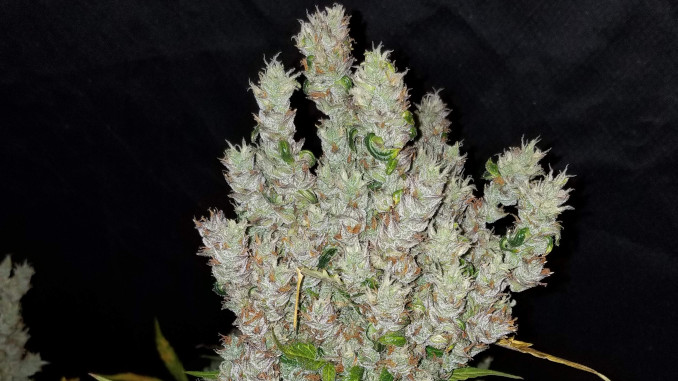
This huge and high-yielding Green Crack Auto has very pointy buds © Growdiaries © Hawkbo
But let’s start with how cannabis buds normally develop. Flower clusters in cannabis consist of many calyces. A calyx is where the seed develops if the buds catch some male pollen. Calyces usually stack up very close to each other, forming those compact fat colas that we love so much.
However, if you happen to grow some naturally foxtailing Sativa or it’s too hot in your garden, calyces may grow far apart, with noticeable spaces in between. Then the cola may indeed remind you of a fox’s tail. (Interestingly, cola means ‘tail’ in Spanish.)
In the most severe cases, each calyx may grow on its own separate ‘stick’, but mostly a string of calyces just grow on top of each other, forming thin tapering spires.
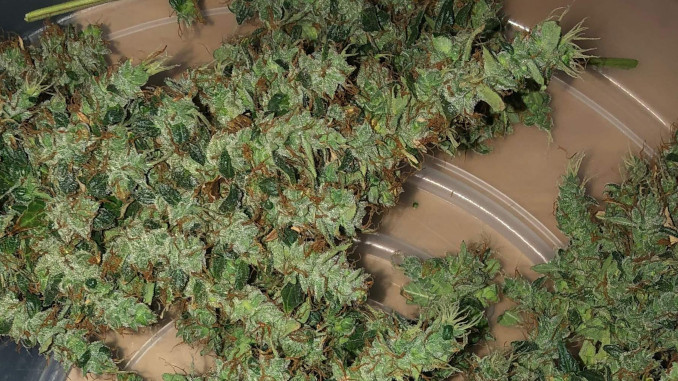
This Zkittlez Auto was flowering during a heatwave, hence the foxtailing. © Growdiaries © Treighfunky
Quite often, you will also see a lot of small, roundish, deep-green, and not very sugary-looking ‘sugar leaves’ growing between the calyces of a foxtailing plant. They look like the plant has second thoughts of reverting back to veg. In short, foxtailing weed is something you can’t miss.
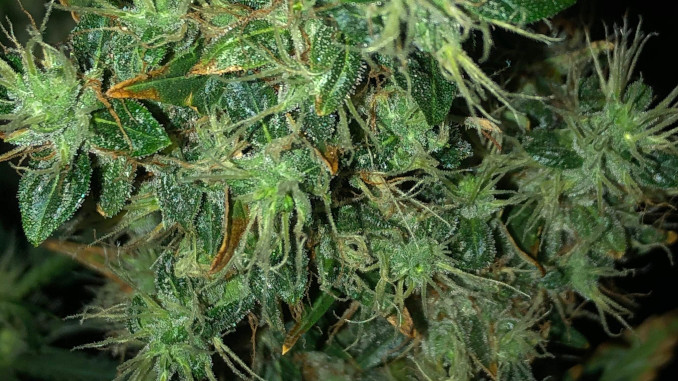
‘Sugar leaves’ on foxtailing buds have a strange shape and color. © Growdiaries © Treighfunky
What Causes Foxtailing Buds?
There are two main foxtailing causes — the plant’s genetic makeup and its specific reaction to environmental conditions. We’d say these two are closely related, and we’ll shortly explain why.
Let’s start with the second one. Why does foxtailing happen if nothing in its genes makes it particularly prone to this issue? Most marijuana growers agree that what causes foxtailing in weed is usually heat stress. Frankly, we couldn’t find any research linking bud foxtailing to heat stress in cannabis, but the issue was studied in other species.
There is the example of heads of cabbage not forming in the tropics. Tropical heat turns a cabbage plant into a tall stick with every leaf on it growing separately. At least, that’s what they told us in school. The same thing happens when people try to grow temperate-zone pines in the tropics. Individual shoots may each become several feet long without any side branching.
In cannabis, this reaction to heat may be a defense mechanism. In the tropics, heat goes hand in hand with high humidity which may spoil the buds if they are too solid. That’s why Sativa buds are generally airier than Indica buds. And foxtailing is one way to achieve that. This would explain why tropical Sativas have more predisposition toward foxtailing.
Is Foxtailing on Weed Bad?
The answer depends on genetics. If your strain of weed has genes that tell it to foxtail, you may not like the looks of the buds, but they may turn out to be outstanding in every other respect. The potency, the character of the high, as well as the aroma and the flavor may be like nothing you’ve ever experienced.
In this case, foxtailing isn’t good or bad per se. It’s just the strain’s feature, and you’ll have to accept it. Or choose another strain for the next time and move on.
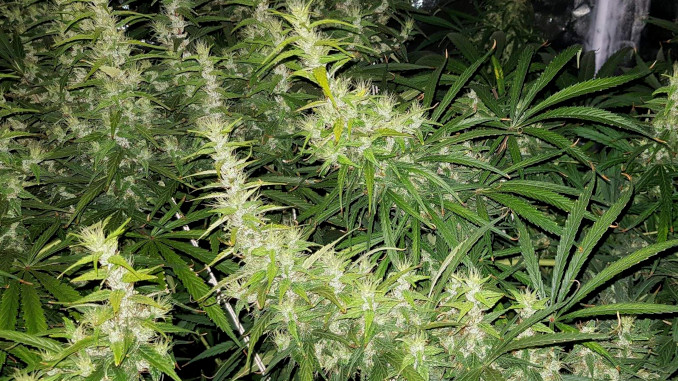
The Dr Grinspoon strain is a perfect example of genetic foxtailing. © Growdiaries © DreamCatcher
But if foxtailing is not genetic, treat it as a sign of trouble and adjust your environment accordingly. People often wonder: “Does foxtailing affect potency?” Foxtailing itself doesn’t, but its UNDERLYING cause—be it heat stress or light stress—certainly does. Excessive heat also leads to the evaporation of terpenes, making your buds less aromatic and flavorful. And yields may also suffer.
So, while foxtailing weed isn’t bad, it’s also not the best bud you can hope to grow. It’s blander, less potent, to say nothing of its reduced bag appeal.
How to Fix Foxtailing Buds?
More often than not, the cause of foxtailing on buds indoors is the wrong distance of lights from the plants. You can tell that this is the case if all of the fox tailing is on the tops closest to the light. So, to stop foxtailing, simply raise the light.
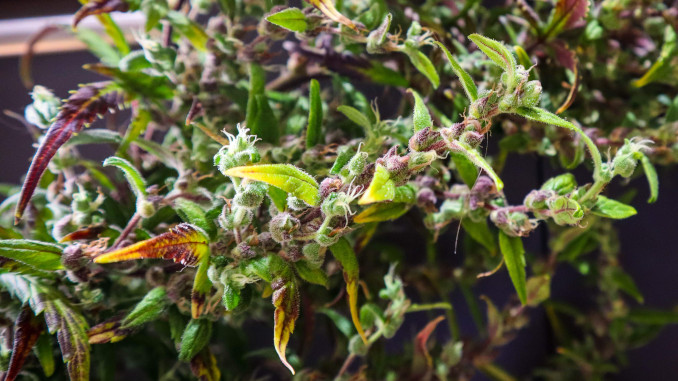
Devil Cream Auto foxtailing in a bad way in week 9 from seed. © Growdiaries © scotch_egg
For traditional HPS bulbs, try the back-of-your-hand test. Place your hand under the lights on the level of plant tops, palm down. If you feel a burning sensation on the back of your hand, the light is too close. It means that the buds receive too much heat radiation, and this indeed may be the reason why they foxtail.
LED lights can cause foxtailing on weed, too, but testing the distance with the back of your hand may not work. However, most LED lights worth using in a cannabis garden come with instructions. Follow them and watch how your plants react. If the distance is too short or the light operates at full power, you will see symptoms of light stress and heat stress. If the light is too far off or dimmed too much, you may see an unusual amount of stretch. Try to find the ‘Goldilocks zone’ and stay within it.
The Importance of Ventilation
Sometimes, heat radiating from the light affects not just the top buds but causes the temperature to increase throughout the tent. It happens a lot in summer, especially during a heatwave. In this case, you may see the foxtailing affect not only the tops but the middle and lower bud sites, too. A good extractor fan may help the matter, but using an oscillating fan is also important. By constantly moving the air inside the grow space, it will make sure there are no heat pockets.
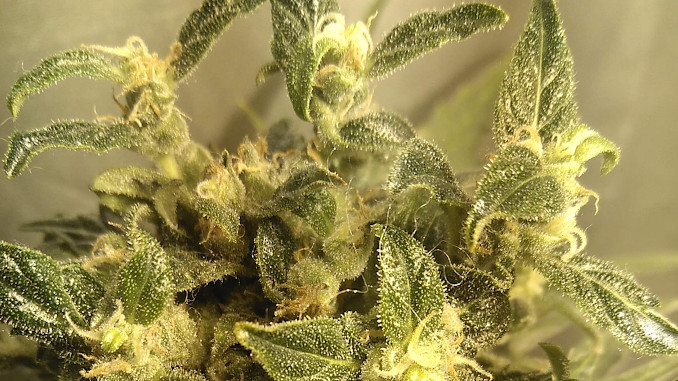
For this Auto Kaya 47, the temperature was quite low in flower. So, the foxtailing is probably genetic. © Growdiaries © Marquise_ao_Sul
How to Stop Foxtailing Outdoors
A heatwave can wreak havoc on your outdoor garden, too. In a greenhouse, you can also use fans to lower the temps inside it, but outside, the only way you can help your weed plants deal with the heat is to shade them from the sun during the hottest hours.
If you live in the desert, your best option might be to plant your garden in a spot where trees or structures shade it from the afternoon sun. Or you may span the semi-transparent shade cloth over your plants.
Can Foxtailing be Reversed?
If you have caught foxtailing early on in flower, odds are that you can still get normal-looking buds at harvest. The plant simply has enough weeks of flowering to grow a bunch of normal flower clusters on top of those that were initially foxtailing.
But if the problem persists till late in flower, and buds keep foxtailing near harvest, there’s nothing you can do to change their looks for the better. So be proactive and don’t postpone resolving the issue till the end of flower.
When to Harvest Foxtailing Buds?
In contrast to normal flowers, foxtailing buds have this unfortunate feature: they take forever to mature. You just see more and more calyces forming, with more and more white pistils on them. And when you watch the trichomes on this new growth, they are clear, meaning not ready for harvest. This is another reason to not let your buds foxtail.
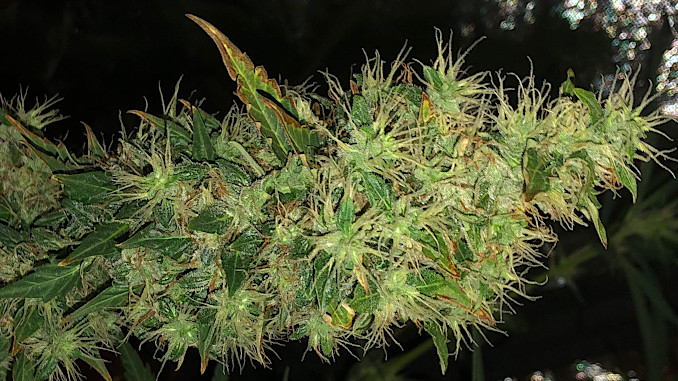
It may not look it, but this foxtailing bud has actually been 8 weeks in flower. © Growdiaries © Treighfunky
Other than that, the general rule applies. Harvest foxtailing buds when the majority of the trichomes or all of them are milky and some are starting to turn amber. And if you don’t have a magnifying glass to inspect the trichs, wait at least until all of the pistils (female hairs) wither and turn brown. In either case, the constant emergence of fresh growth on your foxtailing buds will try your patience.
The Good, the Bad, and the Ugly
The bottom line is that fox tailing weed can be a good thing if it’s a genetic feature of some exotic tropical Sativa. But it’s bad if the foxtailing is due to stress.
Stress can do so much more damage to your cannabis than simply spoiling the appearance of your buds. It can negatively affect yields, flowering time, potency, smell, and taste. So, if you see any sign of stress—whether the foxtailing or anything else—act quickly and try to create for your weed the optimal conditions it deserves.
The Best Cannabis Srore

Price: from $5

Pack: from 1 seed

Shipping worldwide

Price: from $15

Pack: from 1 seed

Fast ship US only - 1 day

Price: from $80

Pack: from 5 seeds

Shipping US only

Price: from $50

Pack: from 5 seeds

Shipping worldwide
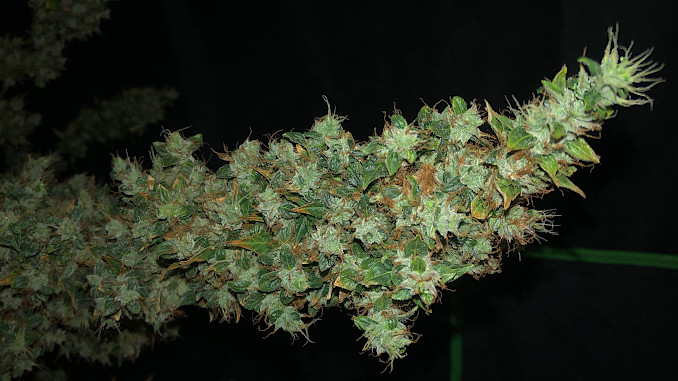
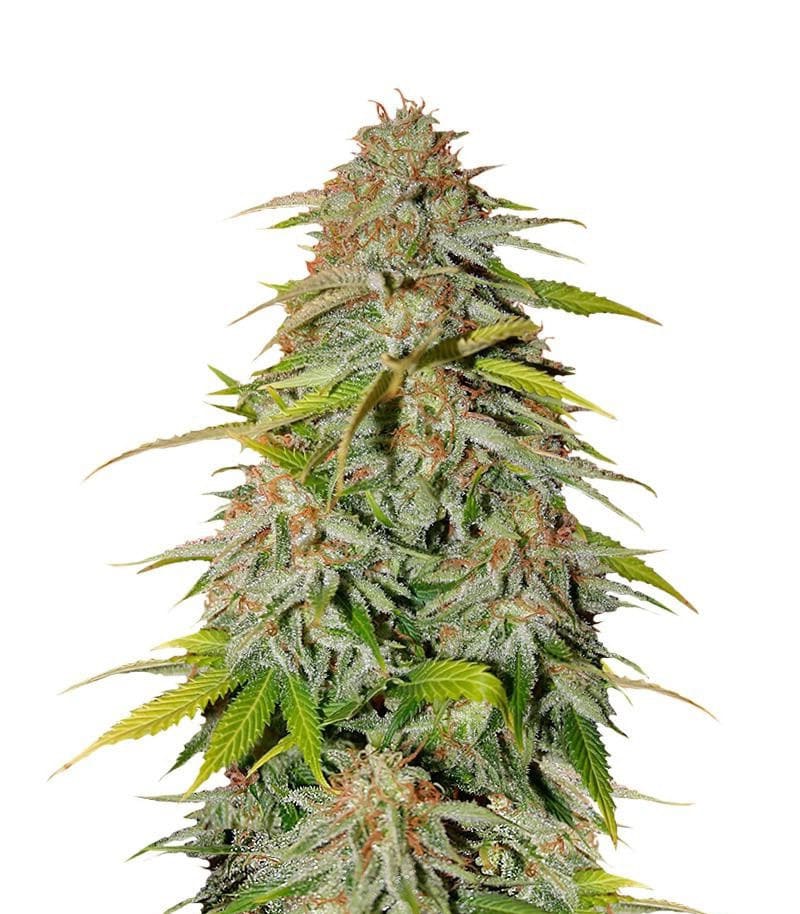
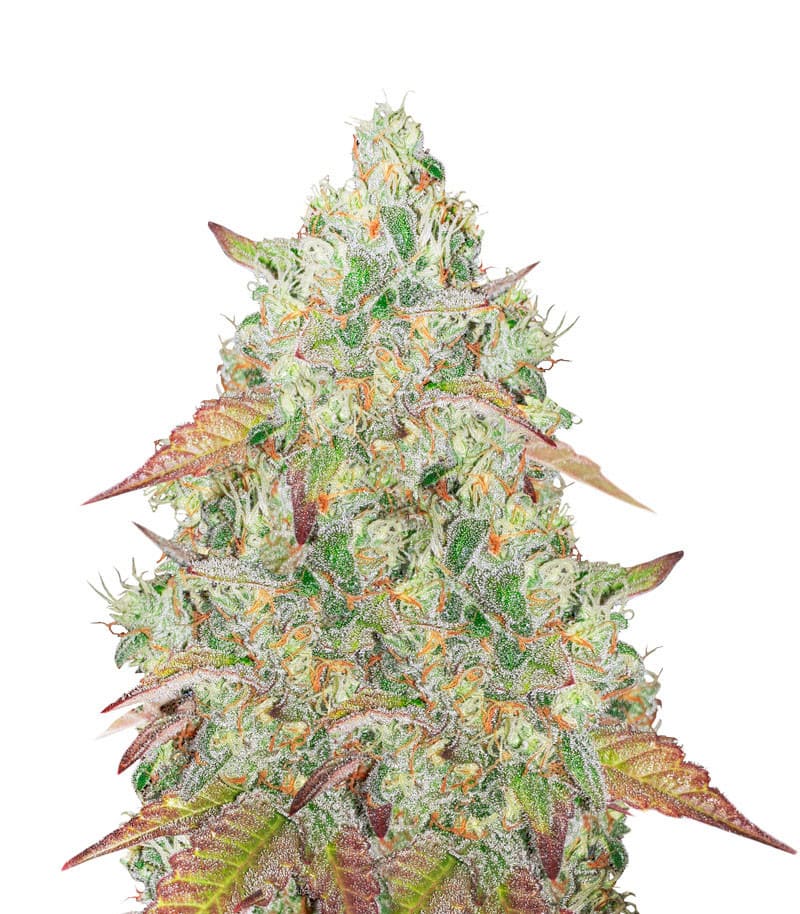
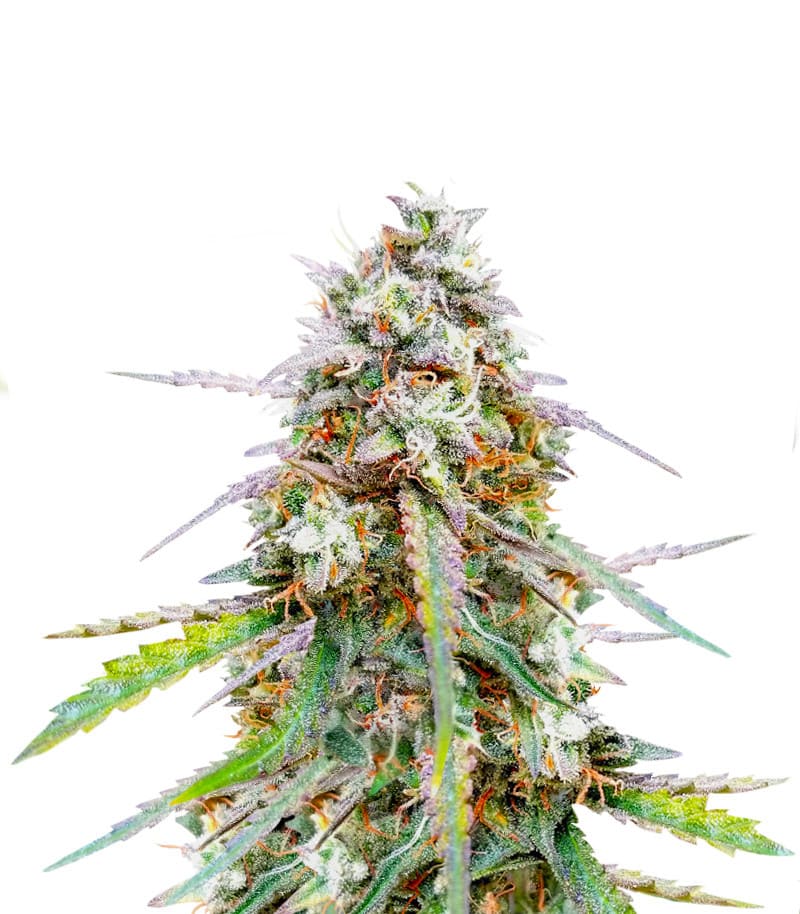
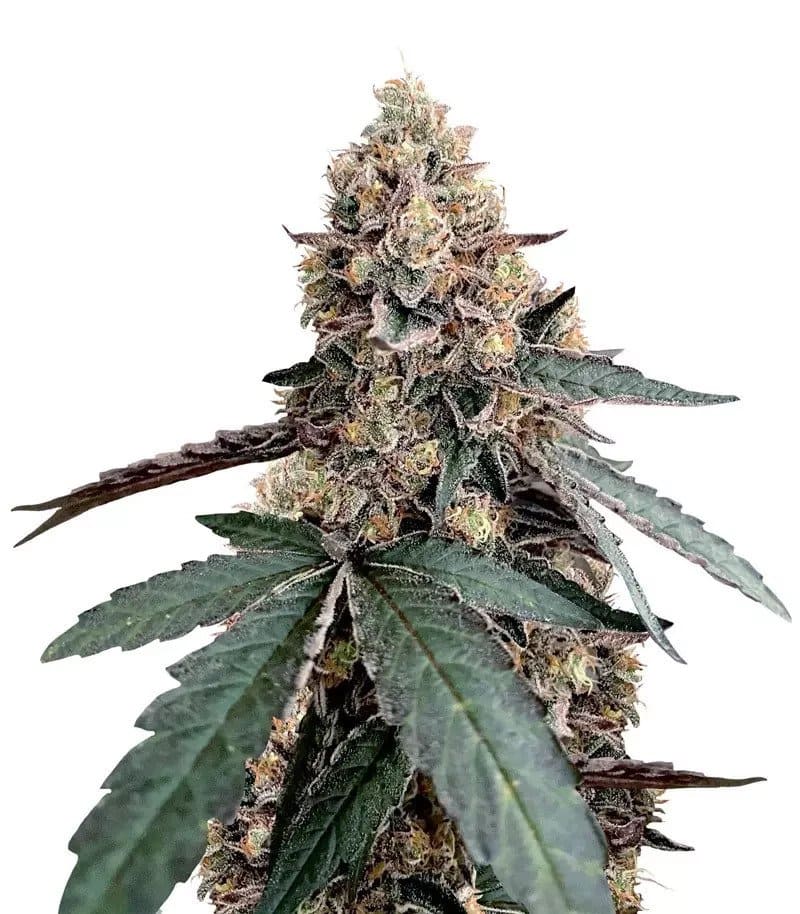
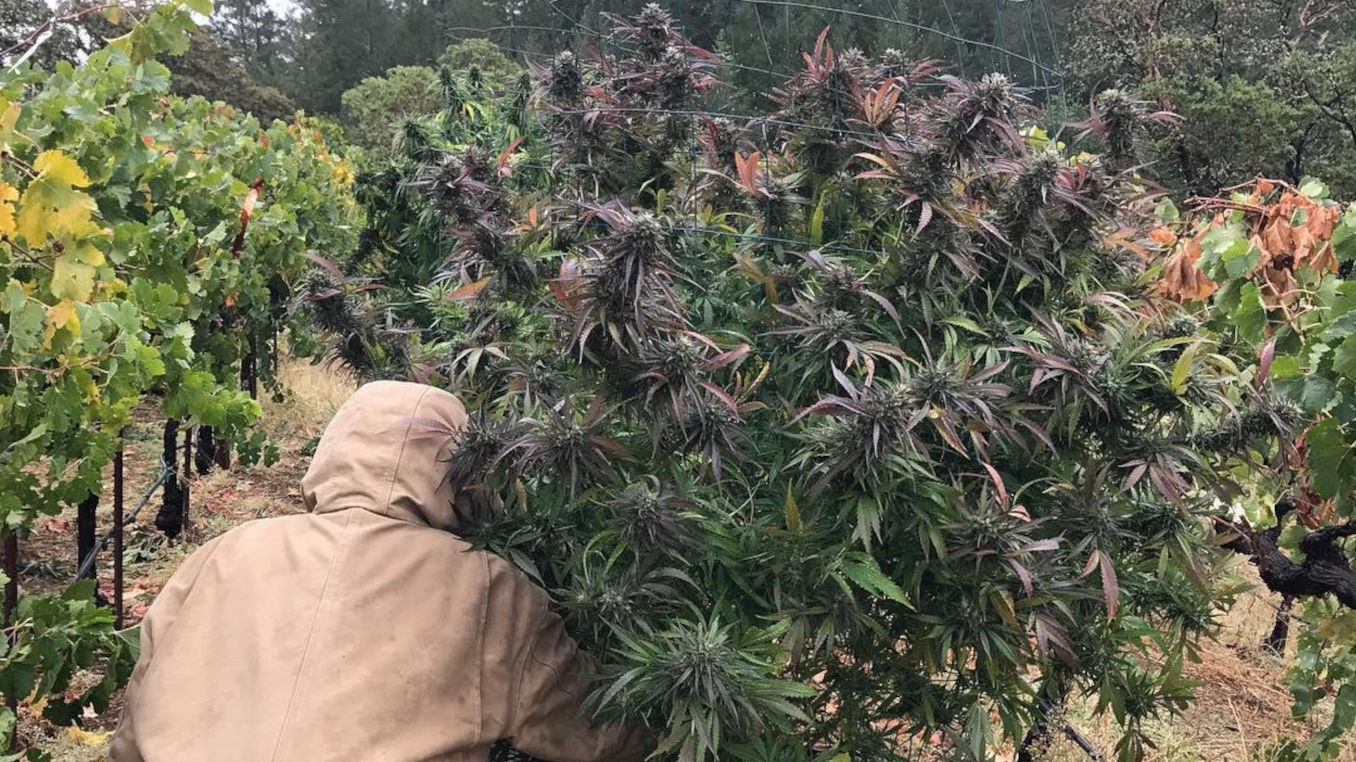




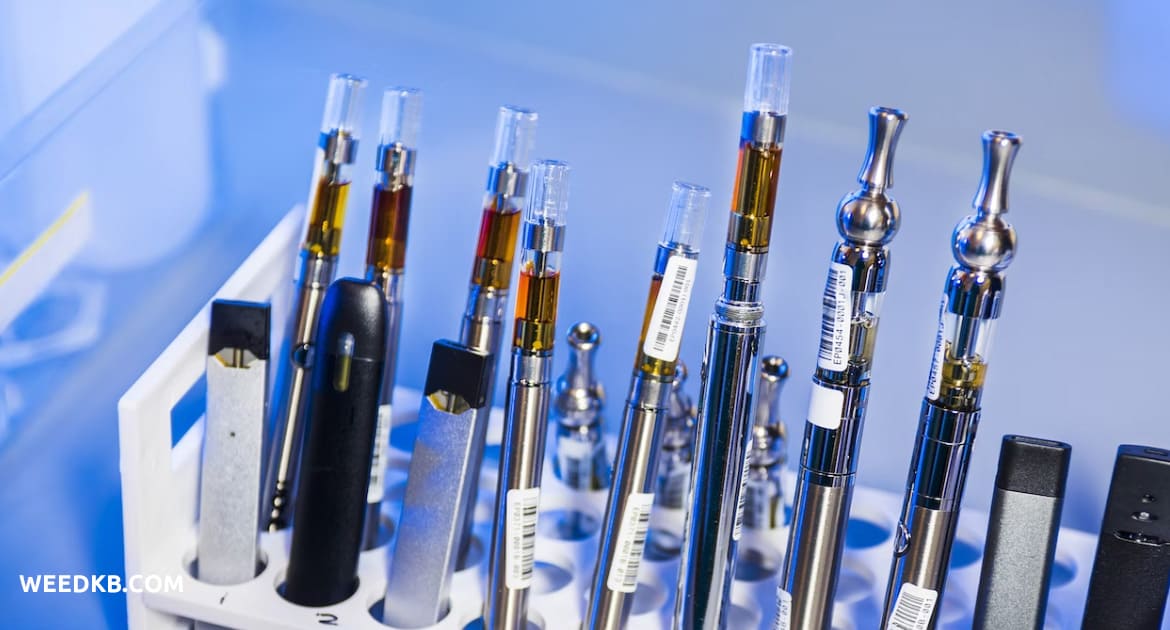

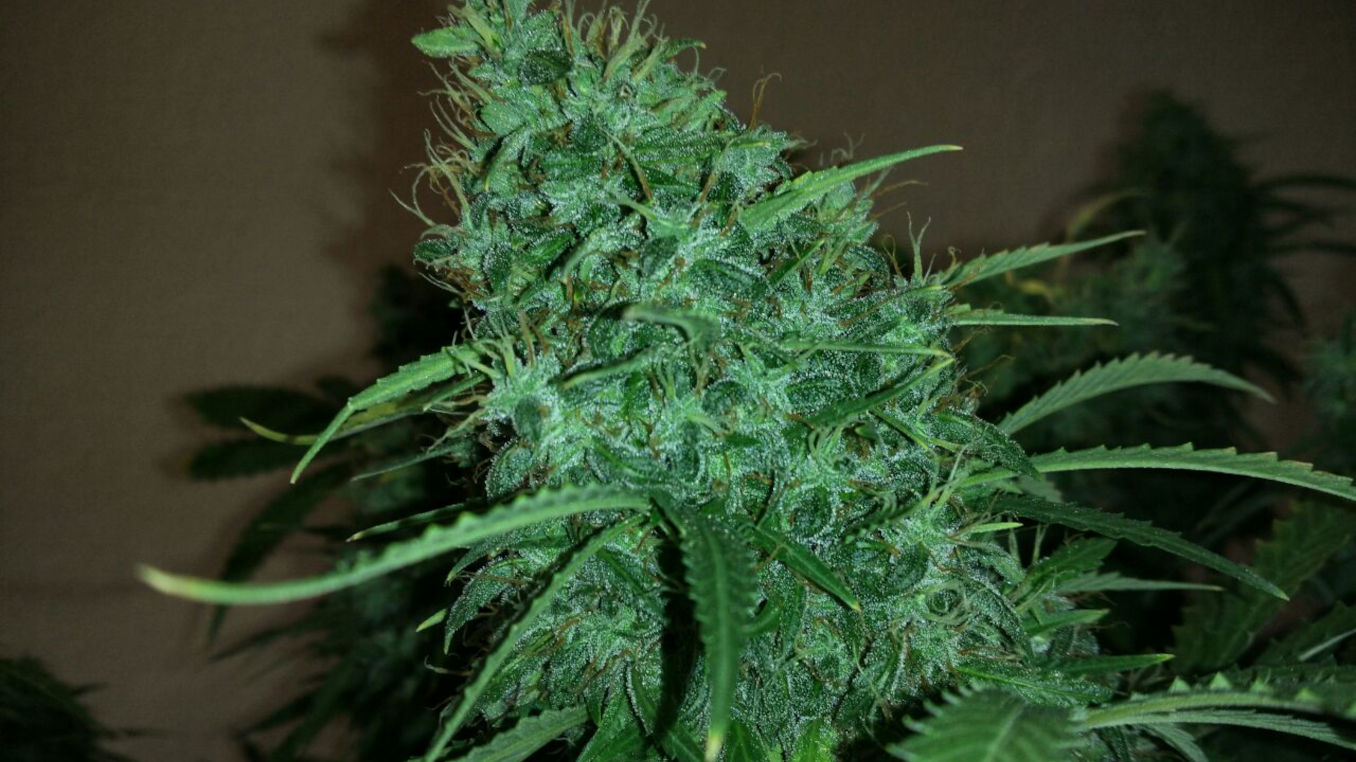
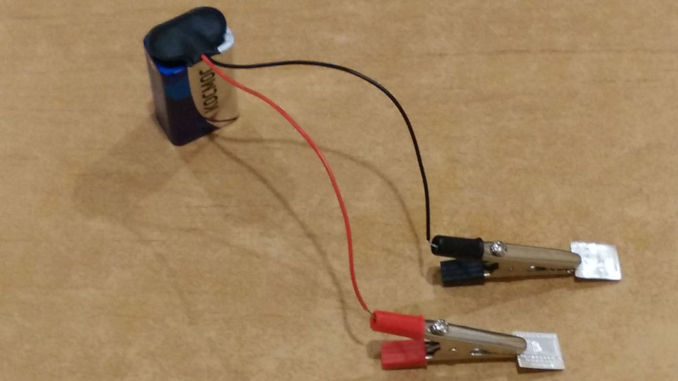

Comments